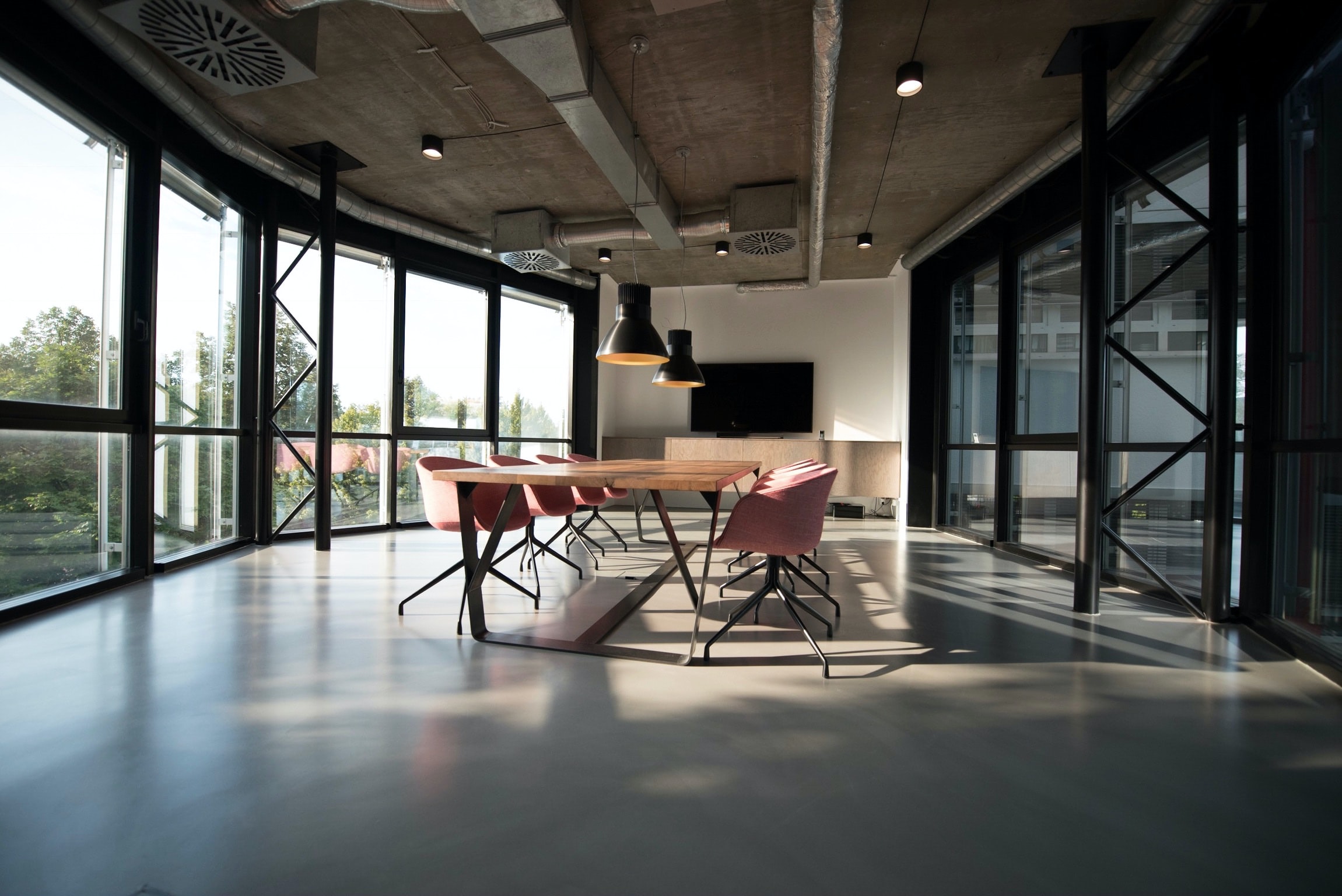In many traditional companies, the idea of “flexibility” was, at best, a rare privilege that was earned and, at worst, dismissed as a Millennial fantasy. Many leaders believed that in order to be productive, work needed to be done in the office during standard working hours, not at home or at the neighbourhood coffee shop at odd times of the day.
Then the pandemic hit and our concept of what the workplace should be was turned on its head. The coronavirus forced organisations across the world to transition their workforces overnight to a remote work model, a forced adjustment that would become a mass experiment on a global level.
Business leaders quickly embraced extreme flexibility in when and where their employees did their jobs because they had no choice, but before too long, many began to recognise its benefits, such as reduced travel and real estate expenses, increased employee productivity and more efficiency — all of which fall right to the bottom line.
Flexibility is Here to Stay
The era of enduring a congested rush hour commute only to sit at a private workstation all day is likely over. Why waste time commuting into an office to do the type of individualised work that can easily be done at home?
It is likely that this new age of flexibility is here to stay. That means we commute less but when we do, it’s for specific purposes, such as when in-person collaboration and relationship building activities are required. What’s more, if less people are commuting on a regular basis, those who do commute should find it less congested and onerous.
To maximise the business benefits of flexibility, leaders must embrace and adopt it at the core of everything they do — from how they engage with their employees to how they re-imagine organisational structures, workflows and processes. They must lead by example and establish new ways to measure the impact of flexibility on the performance of their employees and the business at large.
Are you a leader who wants to make a flexible workplace a permanent change, but feel unsure where to start? Here’s the blueprint for doing so:
Place humans at the centre: Supporting basic human needs that enable people to do their best work – regardless of whether the work takes place in the office, at home or elsewhere – is essential to fostering a successful company culture in this new era of flexibility. This includes four key elements:
- Safety: Establishing a baseline of physical and psychological safety for all employees creates the necessary foundation on which a flexible workplace culture – and all its intended perks and benefits – can thrive and evolve.
- Belonging: Building community among employees, especially with a distributed workforce, is fundamental to establishing a sense of belonging and aligning with the purpose of the organisation.
- Recognition: Creating a culture of recognition, acceptance, appreciation or status based on merit helps build a stronger workplace community – especially in a flexible environment where more autonomy is placed on teams and individual employees to complete their tasks.
- Growth: Humans yearn to learn, grow and achieve success, so it is imperative that organisations build a culture that prioritises learning and development programs. They must subscribe to the notion that an employee’s professional growth is directly tied to success of the business, and leaders should seek out opportunities for employees to take risks and try new things outside of their comfort zones.
Re-imagine how work gets done: To realise the benefits of flexibility, we need to change how we work. We can’t rely on old systems, processes and habits, and expect progress. To truly embrace flexibility, the tasks we perform, the tools we use, the ways we collaborate, and the protocols and processes we adopt, will all be different. When all these changes come together, and the whole is greater than the sum of its parts, it creates a powerful and lasting effect on employees, culture and the final work product.
People are ready for change: Universally, we are questioning the status quo and challenging pre-conceived notions that have shaped the ways we have worked for many years. The remote working experiment over the past several months has whet employees’ appetites and convinced even some of the most skeptical leaders that flexibility can be great for both quality of life and business performance.
Historically, many thought that flexibility and improved quality of life came at the expense of productivity, performance and growth. In fact, in a recent survey we conducted, 33 percent of the respondents said their companies did not offer flexible working policies before COVID-19. Some even noted that their organisations considered working from home impractical while others cited lack of productivity as the primary reason for low levels of flexibility.
This mindset is no more. Progressive leaders will recognise this step-change as a once-in-a-generation opportunity to enhance employees’ lives while also increasing productivity and improving business performance.
A shared sacrifice: Employees across all levels and generations have received a taste of unprecedented flexibility, and many are embracing and enjoying it. According to the survey, 83 percent have enjoyed working from home during the lockdown. The demand is so strong for increased flexibility that 86 percent of survey respondents also said that they would be willing to forgo certain benefits in exchange for improved flexibility.
In the end, for flexibility to work and be sustainable, both employees and employers must benefit. Employees will get increased choice, autonomy, better work-life balance and, in return, employers will enjoy higher utilisation rates, decreased rent, and greater space efficiency, not to mention happier and more productive employees.









